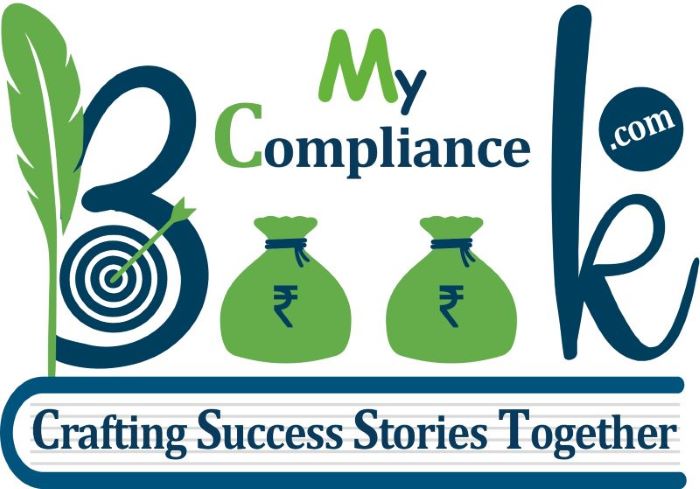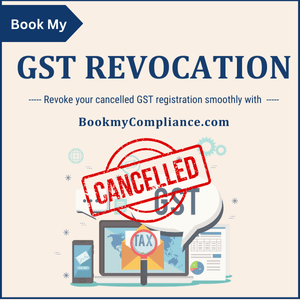
GST E-Invoice
Let Us Make It Simple for You!
GST e-invoice is a digitally authenticated invoice generated via the Government of India’s *Invoice Registration Portal (IRP)*. It standardizes B2B (business-to-business) and export transactions under GST, ensuring real-time validation and reducing tax evasion.
Book My
Table of Content
- What is GST E-Invoice?
- Key Features
- Documents Covered

GST E-Invoice
- What is GST E-Invoice?
GST e-invoice is a *digitally authenticated invoice* generated via the Government of India’s *Invoice Registration Portal (IRP)*. It standardizes B2B (business-to-business) and export transactions under GST, ensuring real-time validation and reducing tax evasion.
- Key Features
- **Documents Covered
– Tax Invoices
– Credit Notes
– Debit Notes
FAQs for GST Appeal
E-invoicing is a system where B2B, B2G, and export invoices are electronically uploaded to the Invoice Registration Portal (IRP) to generate a unique IRN (Invoice Reference Number) and a QR code. It ensures real-time GST reporting and reduces tax evasion.
- Businesses with ₹5 crore+ annual turnover (from 1st April 2024).
- Applies to B2B, B2G, exports, SEZ supplies, and deemed exports.
- Exemptions: B2C invoices, businesses below ₹5 crore, banking, insurance, NBFCs, passenger transport.
- Prepare invoice in a standard format (JSON).
- Upload to IRP (via GST portal, GSP, or API).
- Get IRN & QR code from IRP.
- Issue invoice with IRN and QR code.
A unique 64-character hash generated by the IRP for each invoice. It is based on:
- Supplier GSTIN
- Invoice number
- Financial year
- Document type (INV, CRN, etc.)
No, e-invoicing is currently only for B2B, B2G, exports, and SEZ supplies. B2C invoices do not require IRN.
Yes, businesses can use GSPs or APIs to upload multiple invoices at once.
Feature | E-Invoice | E-Way Bill |
Purpose | GST-compliant invoice reporting | Movement of goods (>₹50K value) |
When Required | For B2B/B2G invoices | For goods transportation |
Auto-Generated? | Yes (via IRP) | Partly (if e-invoice exists) |
- Cancellation: Must be done within 24 hours on the IRP.
- Revision: Only credit/debit notes can be issued; the original invoice cannot be modified.
- Invoice invalid for ITC (Input Tax Credit) claim by recipient.
- Late fees under GST laws.
- Possible demand notices from tax authorities.
No, but it auto-populates GSTR-1 and e-way bills (if applicable). Businesses still need to file GSTR-3B.
- Offline tools (Excel/JSON generators).
- ERP/Accounting software (Tally, SAP, Zoho).
- GST Suvidha Providers (GSPs) for API integration.
Use the GST portal → 'Search IRN' option or e-invoice QR code verification tool.
Yes, export invoices (with or without GST) must comply with e-invoicing if turnover ≥ ₹5 crore.
Yes, since real-time data matching reduces mismatches in GSTR-2A vs. GSTR-3B.
Related Business Registrations
In addition to registration or incorporation, a business may require other registrations depending on the business activity undertaken. Talk to an Advisor to find out registrations your business may require post registration.







